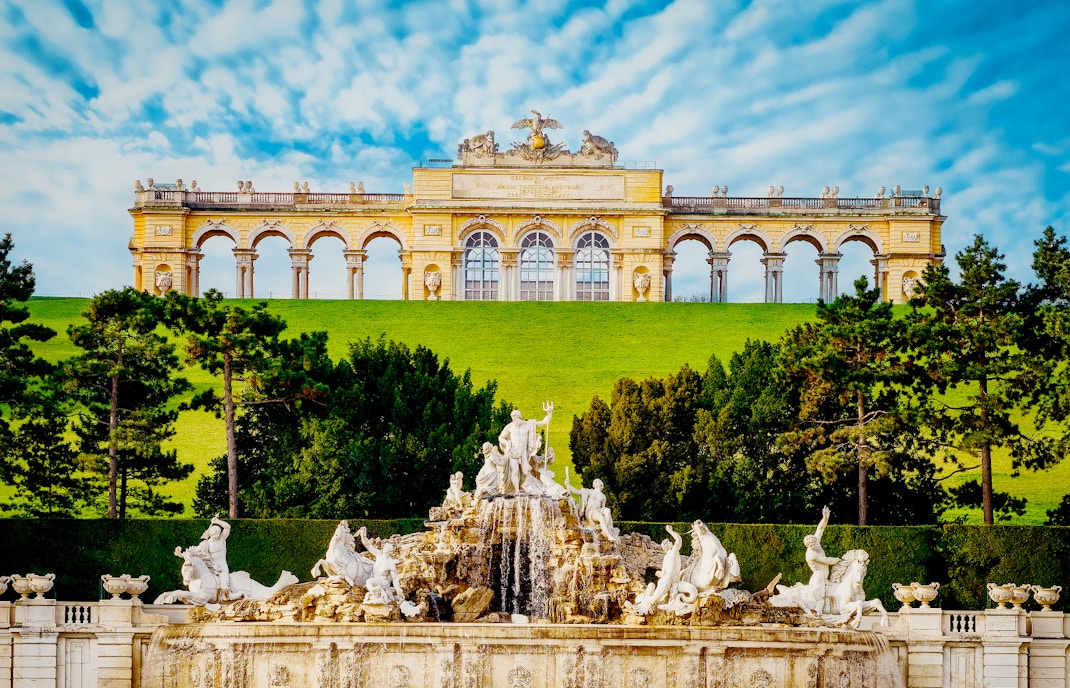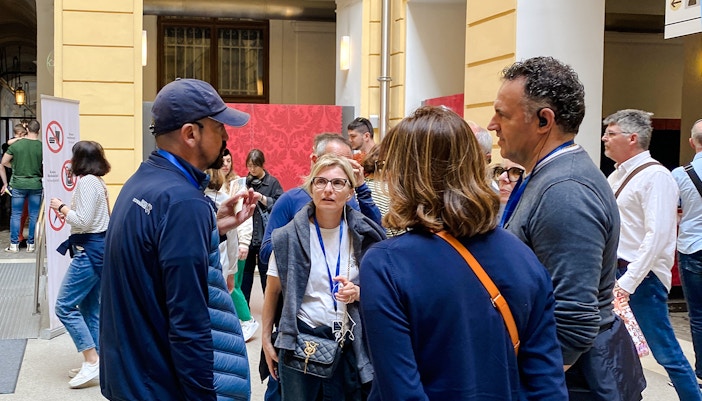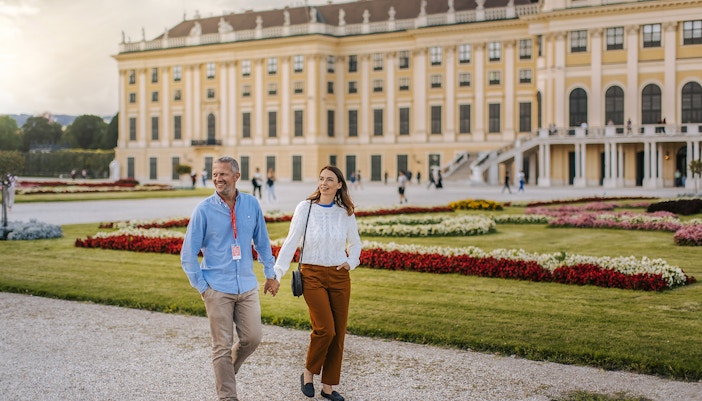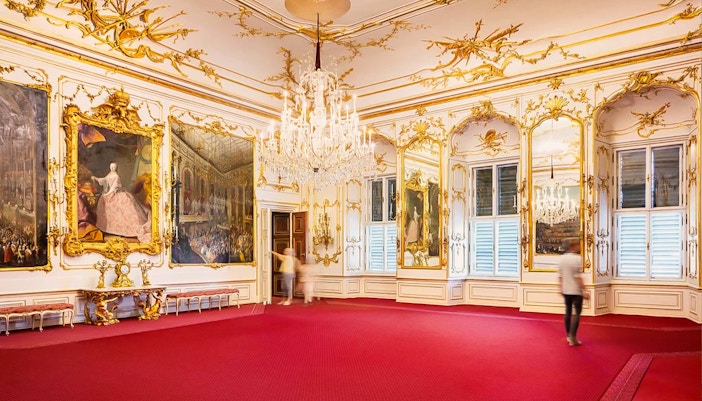What began in 1569 as a royal hunting preserve for Emperor Maximilian II was transformed in 1696 into a more elaborate residence under Leopold I—but it wasn’t until Maria Theresa’s mid-18th-century remodeling that the estate evolved into the grand Baroque summer palace we recognize today.
10 things you didn’t know about Schönbrunn Palace
Behind the golden façades and sprawling gardens of Schönbrunn Palace lie stories of emperors, empresses, and the everyday splendor of court life. These fascinating facts peel back the layers of Vienna’s most iconic landmark, revealing the power, intrigue, and elegance that made it the heart of the Habsburg world.
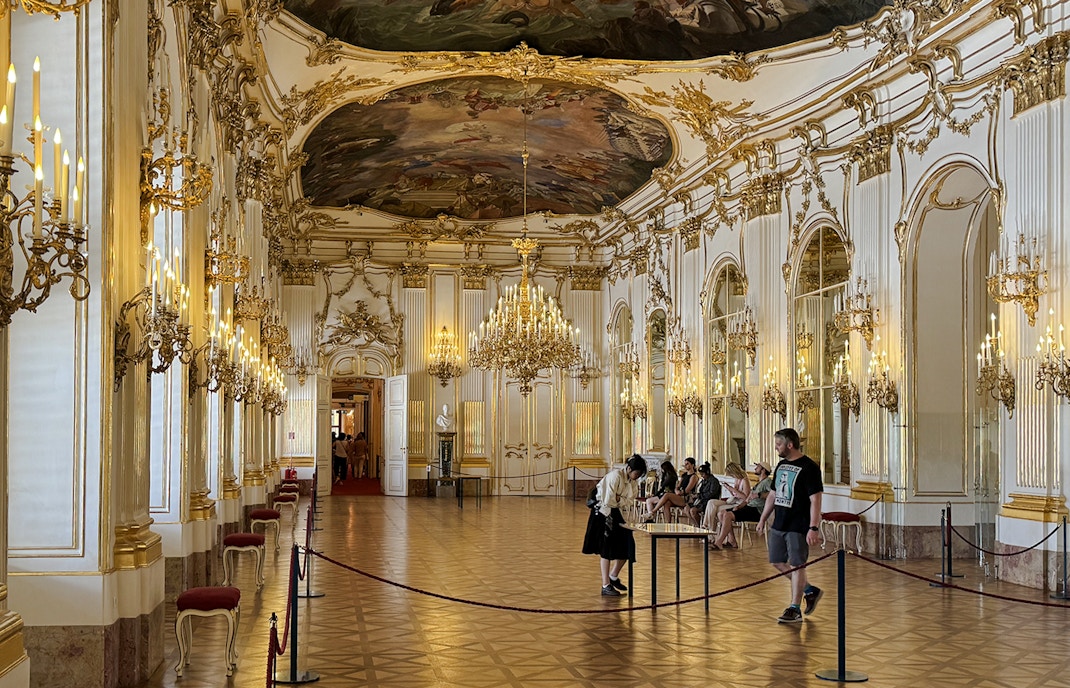
1. From hunting grounds to a Baroque masterpiece
Schönbrunn Palace history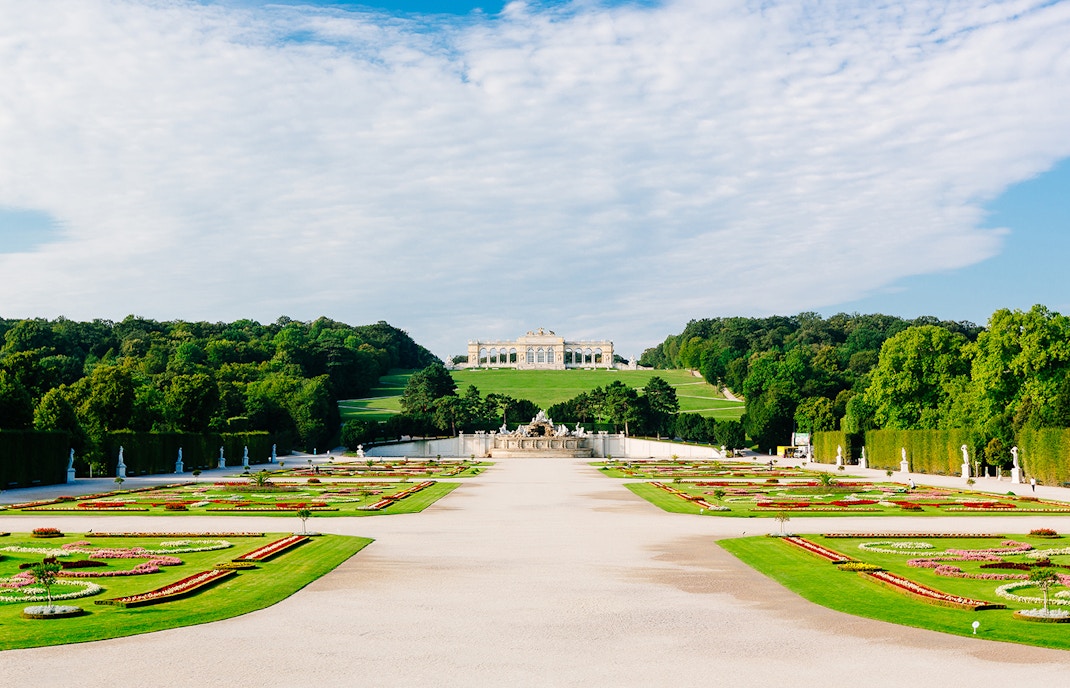
2. A Palace named after a ‘beautiful spring’
Schönbrunn Palace Gardens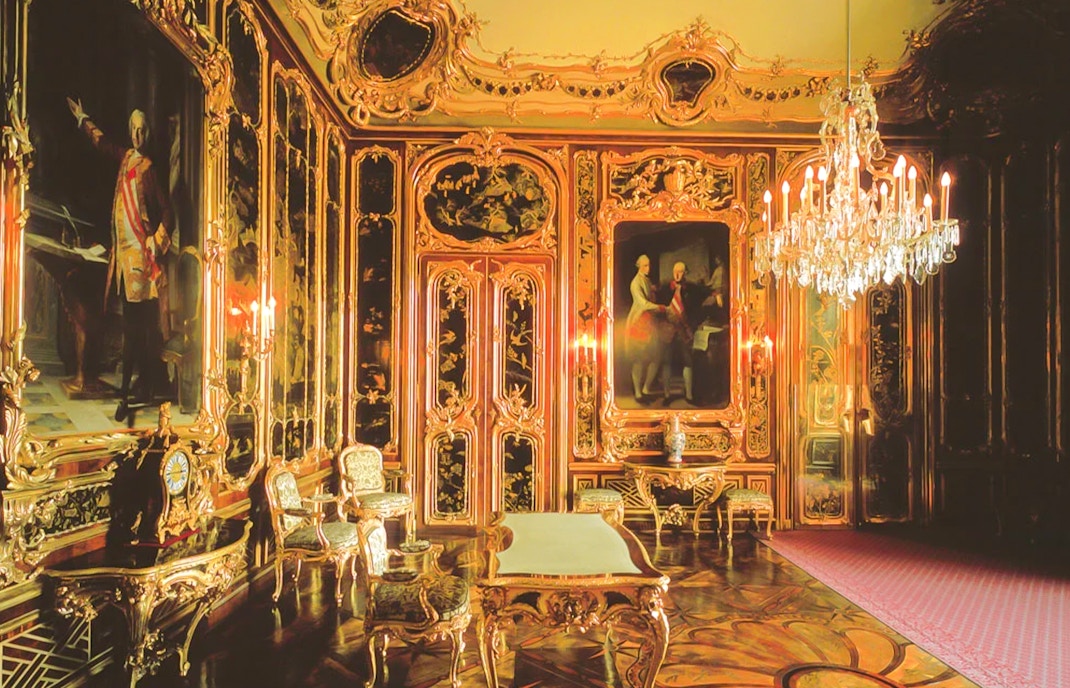
3. Behind 1,441 doors, few are seen
Schönbrunn Hall of Mirrors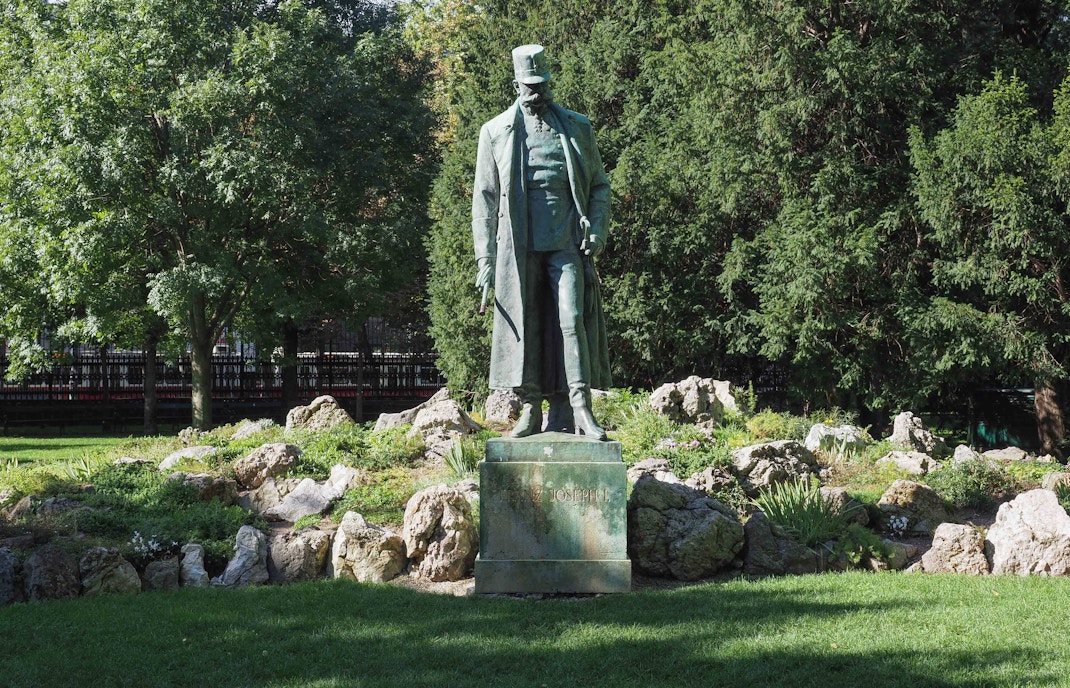
4. The Emperor who never left
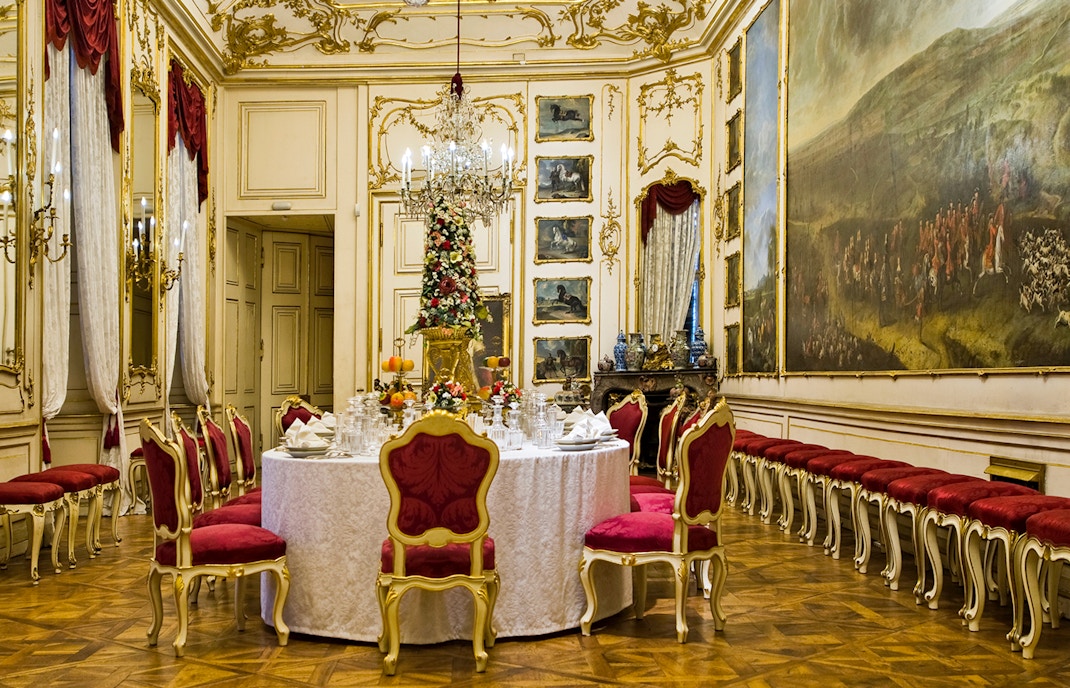
5. Maria Theresa’s secret Chinese Cabinets
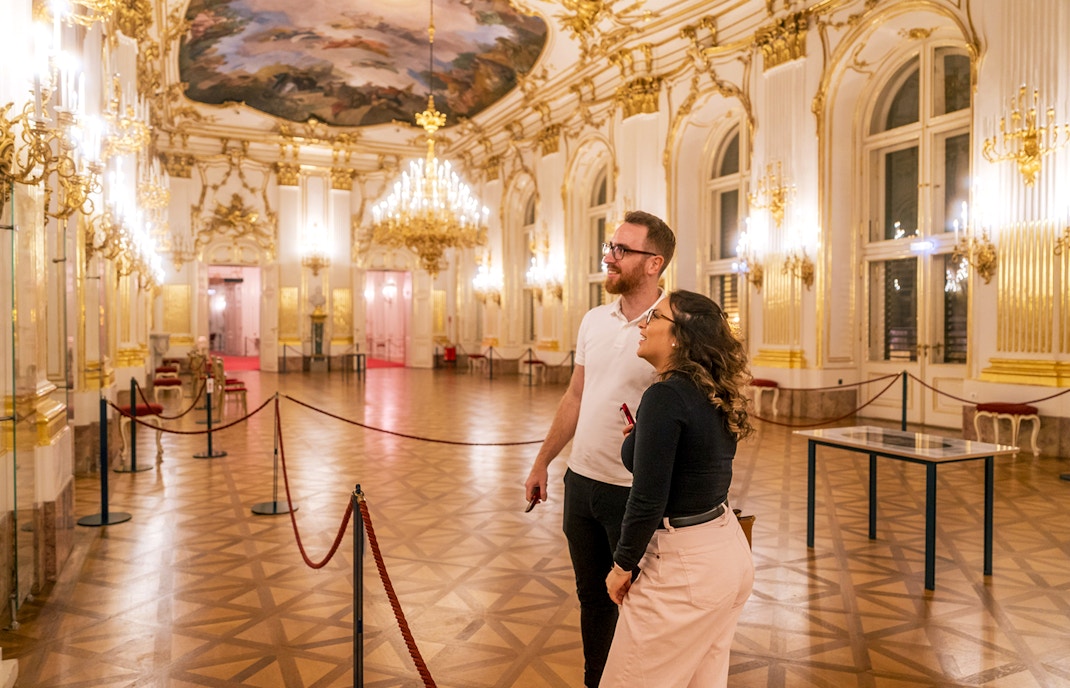
6. One of Europe’s earliest court theaters
Schönbrunn Palace museums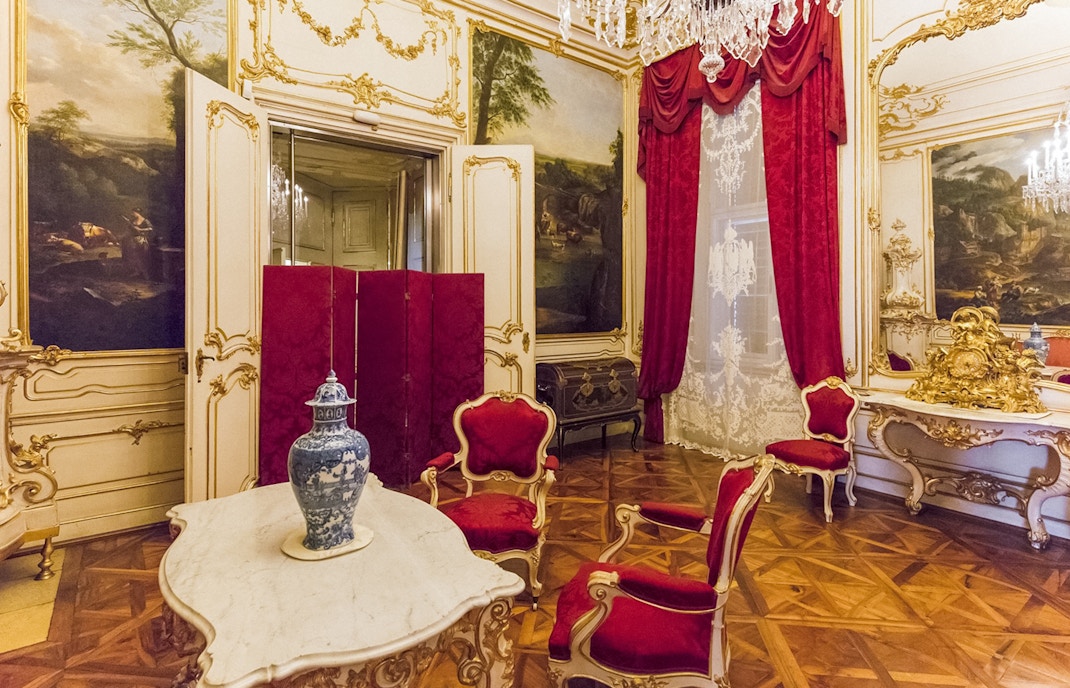
7. A Palace recast as a war headquarters
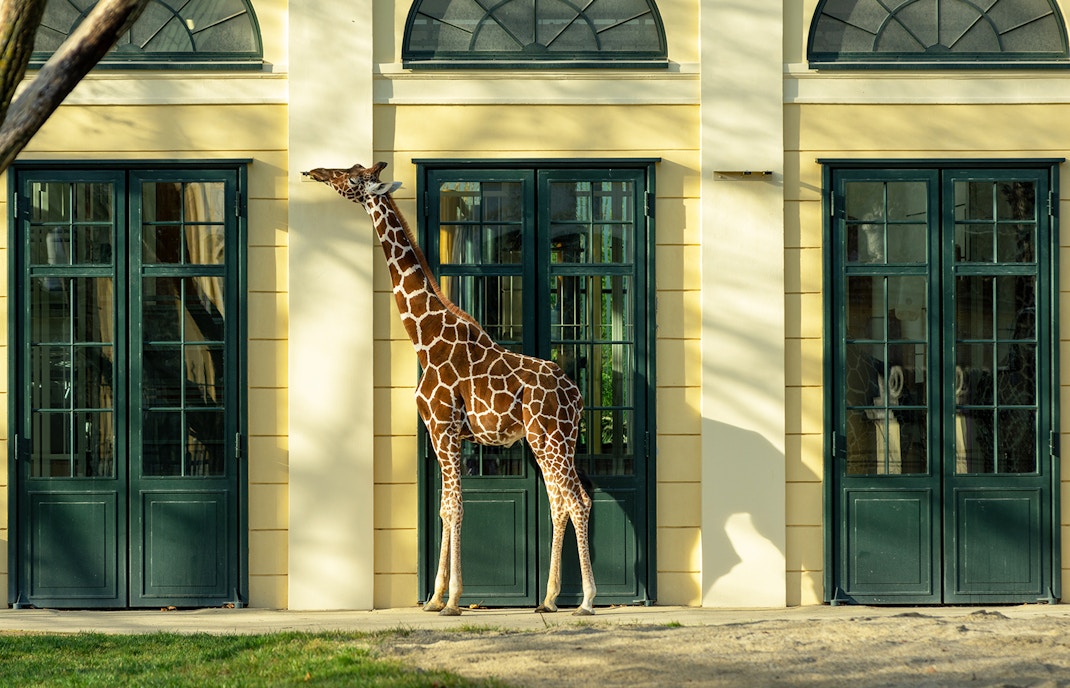
8. The world’s oldest zoo still thrives
Vienna Schönbrunn Zoo tickets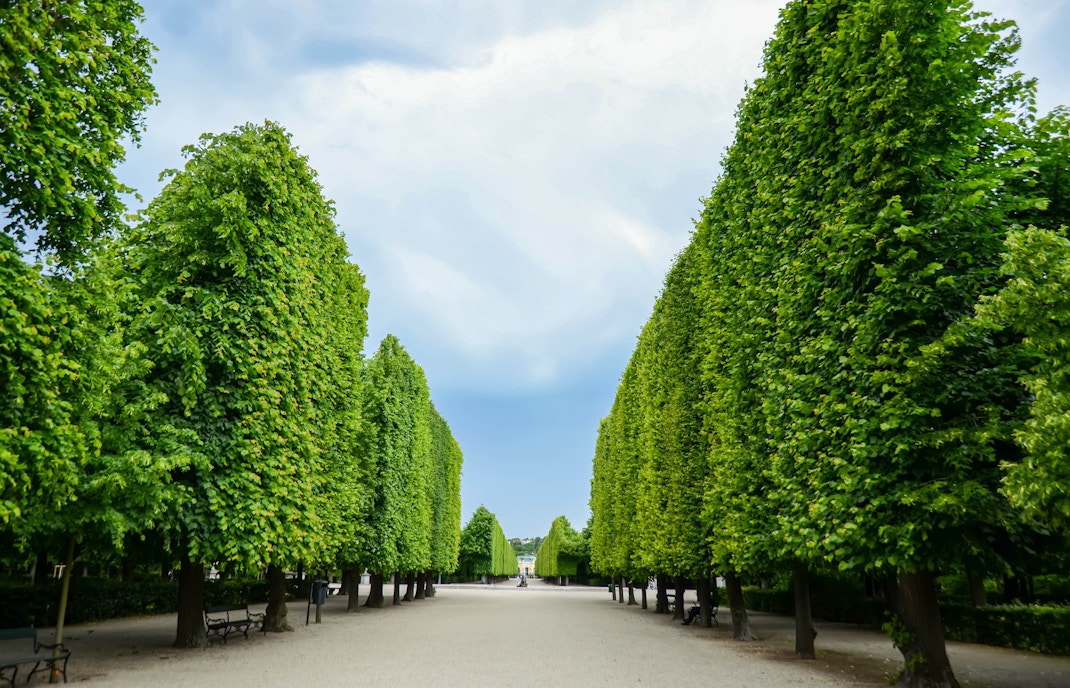
9. A glass cathedral of exotic plants
Schönbrunn Palace Panorama Train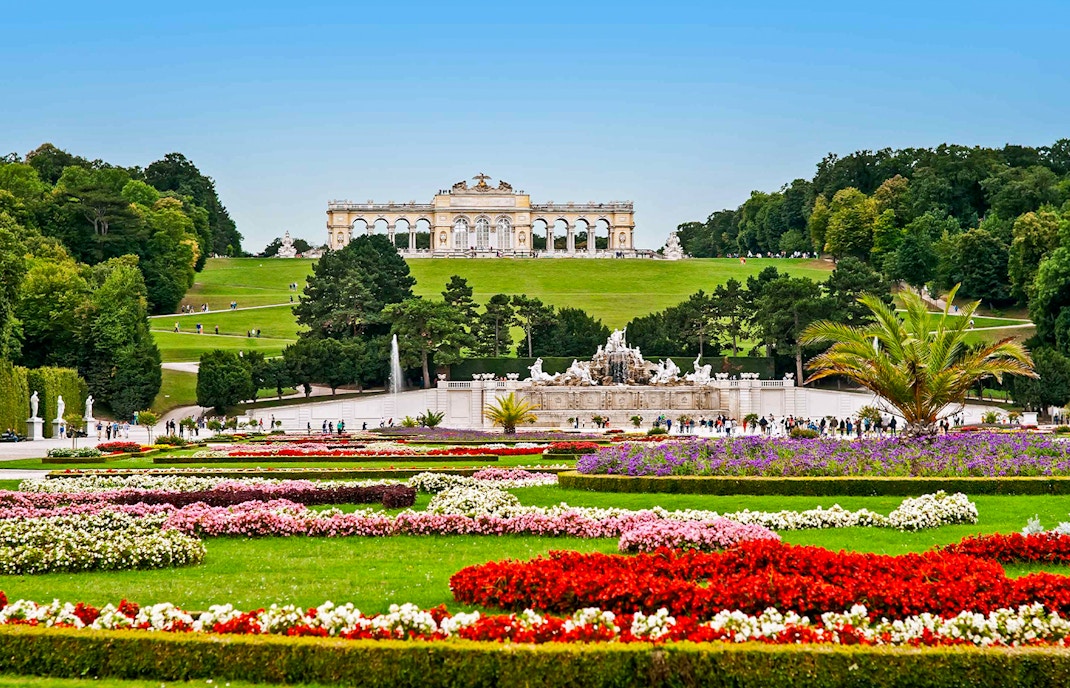
10. Desert life in the heart of Vienna
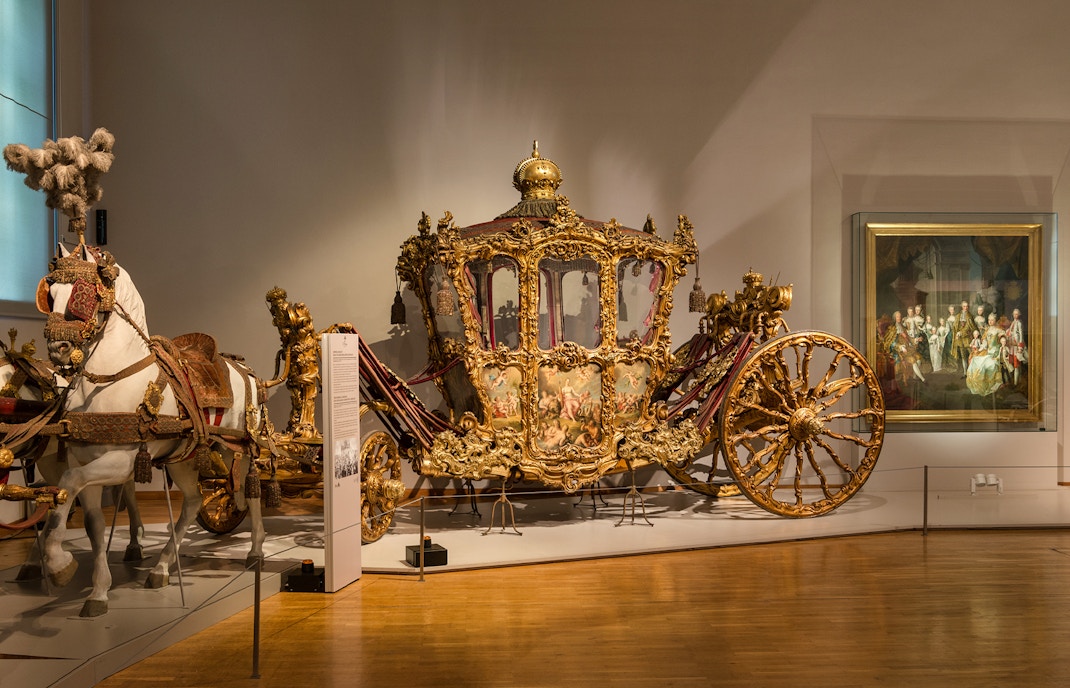
11. The imperial carriages of a Bygone era
Imperial Carriage Museum Vienna tickets